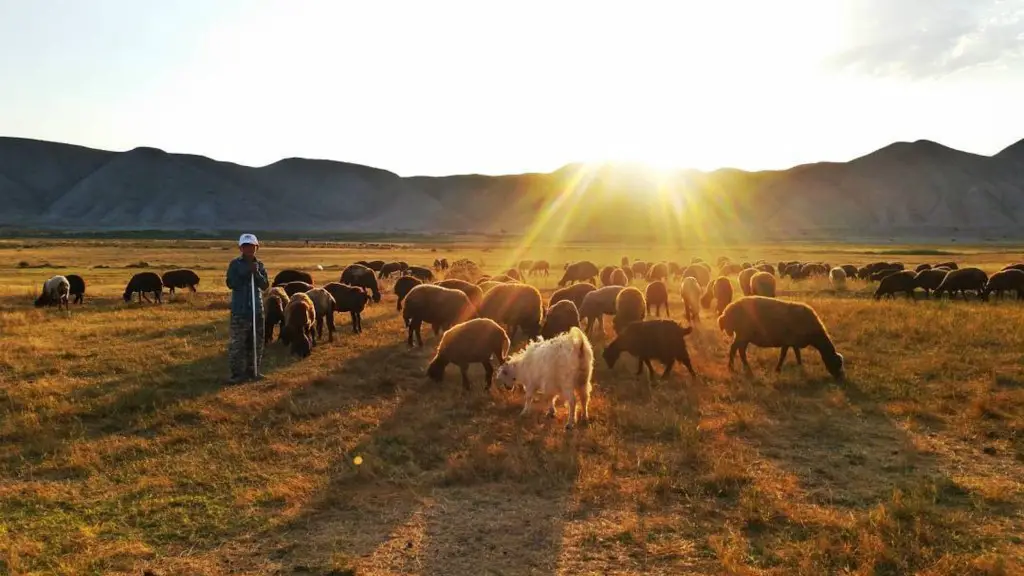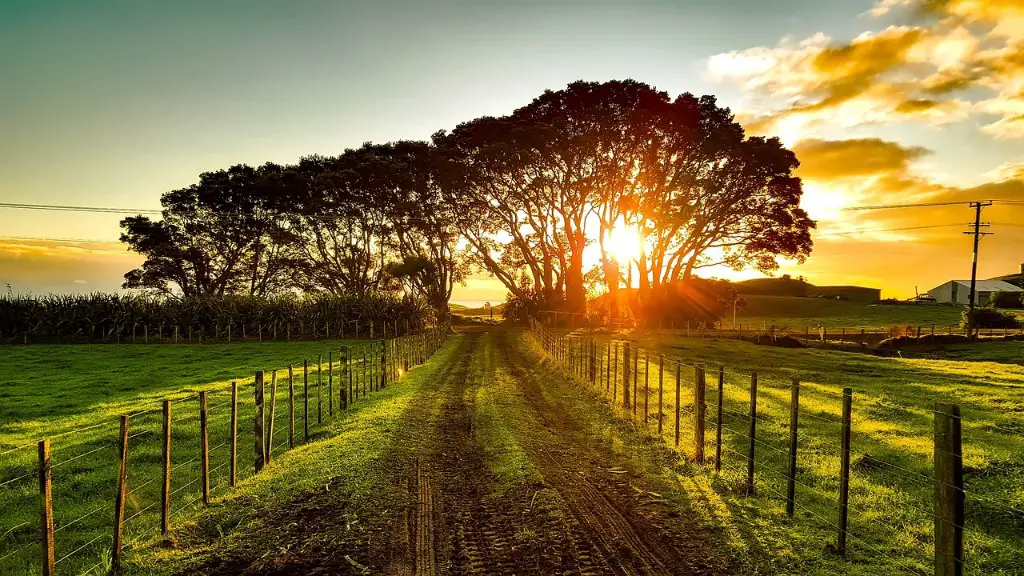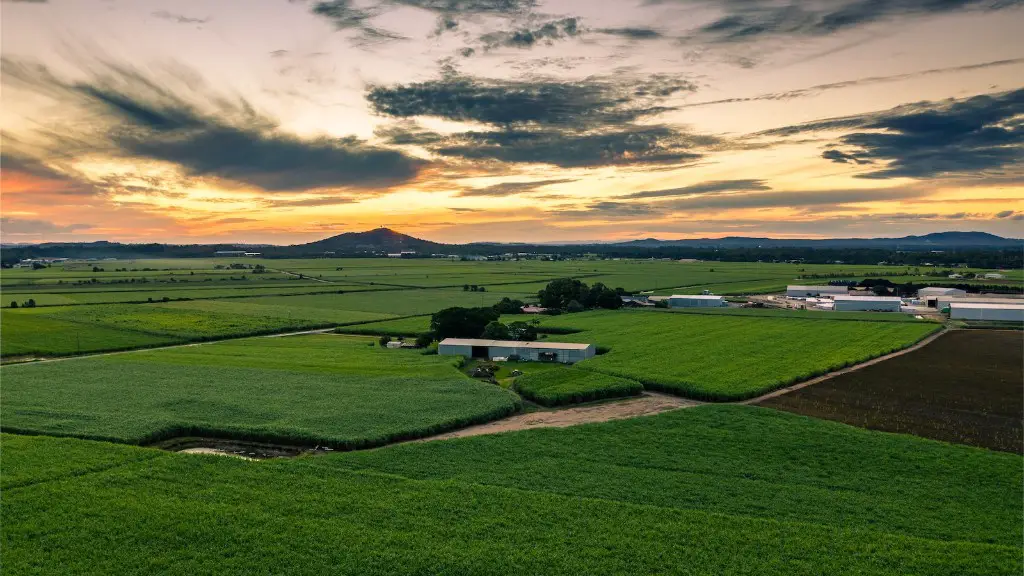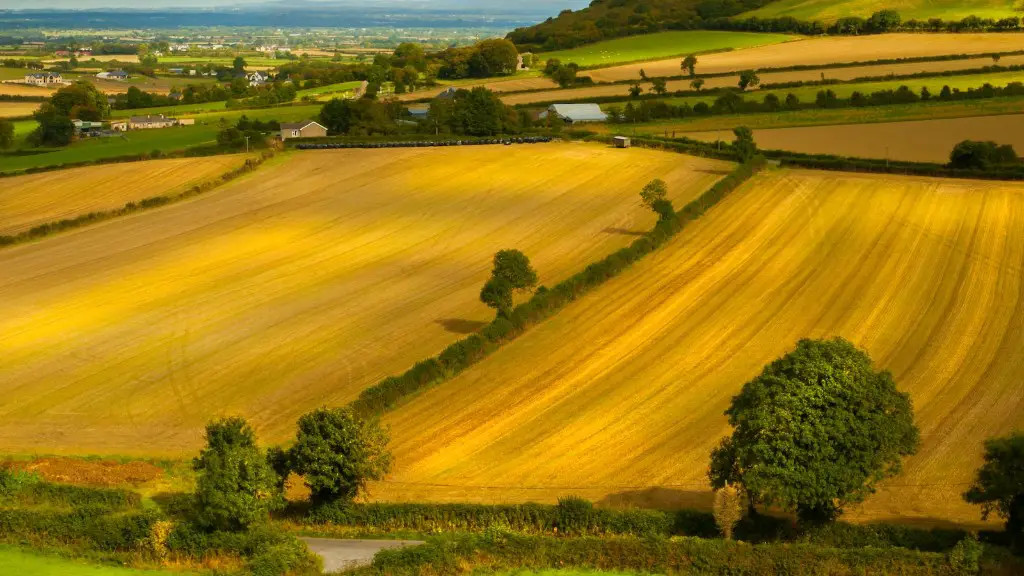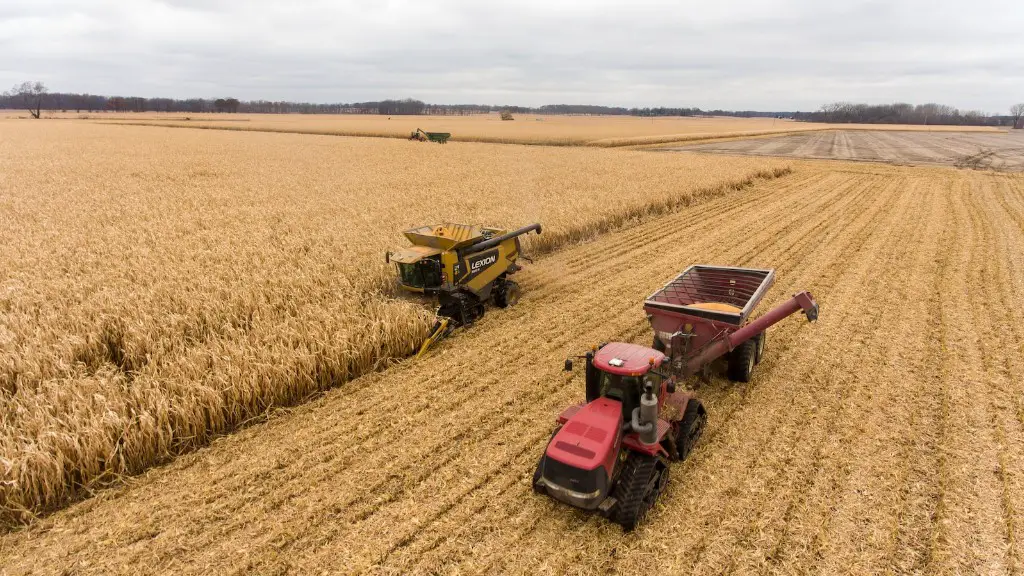As the human population continues to grow, the demand for food also increases. To meet this demand, farmers must clear land for agriculture, which can lead to habitat loss. This is especially true in tropical areas, where the demand for crops like bananas and coffee is high. As farmers clear land to make way for crops, natural habitats like forests are lost. This habitat loss can have a serious impact on the plant and animal species that live there. In some cases, it can even lead to extinction.
agriculture has a profound impact on habitat loss. It is the leading cause of deforestation, especially in tropical rainforests. Agriculture alters landscapes, which in turn alters the habitats of the plants and animals that live there. In addition, it can lead to the fragmentation of habitats and the loss of critical habitat connectivity.
How does agriculture affect the environment?
Agriculture is the leading source of pollution in many countries. Pesticides, fertilizers and other toxic farm chemicals can poison fresh water, marine ecosystems, air and soil. They also can remain in the environment for generations.
Toxic farm chemicals can enter the environment through several pathways. They can seep into groundwater, leach into surface water, evaporate into the air, or be applied directly to the land. Once in the environment, these chemicals can have devastating effects.
Pesticides and other toxic farm chemicals can cause health problems in humans and animals. They can also harm delicate ecosystems. It is important to take steps to reduce the amount of toxic farm chemicals that enter the environment.
Intensification of agricultural practices, such as use of fertilizers, can lead to changes in soil chemical characteristics of nearby forest fragments. This is due to contamination by fertilizers, which can be transported by wind to the fragments.
How does agriculture cause loss of biodiversity
Agriculture is the leading cause of biodiversity loss globally. The conversion of natural habitats to managed systems is the main driver of this loss, as well as the release of pollutants, including greenhouse gases. The growing population and changing consumption patterns are exacerbating the problem.
Habitat loss is a consequence of human activities such as agriculture, urbanization, deforestation, resource extraction, alteration of the sea-floor due to trawling (fishing), or the release of pollutants. All of these activities result in a loss of habitat for wildlife, which can lead to a decline in populations of affected species. In some cases, habitat loss can also cause an increase in the spread of invasive species, as well as other problems.
How does agriculture affect living organisms?
Farmed crops interact with organisms in natural ecosystems and depend on them to produce their output. Such dependencies include soil fertility provided by soil organisms, the reduction of pests by their natural enemies and the pollination of plants by insects.
Farming is the biggest threat to wildlife today. Ecosystems have been disrupted and fields are more akin to wastelands. Globally, around 5,400 vertebrate species are threatened by agriculture and the habitat destruction, land use change, and chemical use that accompany it.
What is fragmentation in agriculture?
Land fragmentation refers to the splitting of land available for use into smaller pieces. This can be done through activities like subdivision and residential development, or through the expansion of urban areas. Horticulture is particularly vulnerable to land fragmentation, as it is often located near urban areas. This can make it difficult to maintain farmland and can lead to loss of farmland and decreased production.
Habitat fragmentation often has a significant impact on the microenvironment at the fragment edge. This can result in increased light levels, higher daytime temperatures, higher wind speeds, and lower humidity. These changes can have a significant impact on the plants and animals that live in the fragment, and can lead to changes in the composition and structure of the fragment edges.
What are the effects of habitat loss
Habitat loss is one of the major drivers of biodiversity loss globally. It has significant, consistently negative effects on biodiversity, both directly (e.g. through its impact on species abundance, genetic diversity, species richness, species distribution) and indirectly (e.g. through its impact on ecosystem structure and function). The loss of natural habitats is also a leading cause of extinctions of species.
Habitat loss is the biggest threat to the world’s wildlife. Nearly all habitat loss is driven by the expansion of agriculture. We chop down forests and convert wild grasslands into farmland to grow crops and raise livestock. This is nothing new: humans have been transforming the global landscape for millennia.
The problem is that the pace of habitat loss has accelerated dramatically in recent centuries, as the global human population has exploded. We now have over 7 billion people on the planet, and we’re using more land for agriculture than ever before. This is putting an incredible amount of pressure on the natural world, and wildlife is suffering as a result.
Habitat loss is the leading cause of species extinction, and it’s a major problem for many of the world’s most iconic animals. tigers, elephants, gorillas, and countless other species are losing their homes as we convert more and more land to agriculture. This is a huge problem, and it’s only getting worse.
We need to find a way to stop the loss of habitat, or we’re going to see an unprecedented number of species go extinct in the coming years. It’s up to us to save the world’s wildlife.
What is the negative impact of agriculture?
Agriculture is one of the leading causes of environmental degradation. The main environmental problems caused by agriculture include: climate change, deforestation, biodiversity loss, dead zones, genetic engineering, irrigation problems, pollutants, soil degradation, and waste.
Climate change is caused by the emissions of greenhouse gases from agricultural activities, such as livestock farming and deforestation. These emissions contribute to global warming and climate change.
Deforestation is caused by the clearance of forests for agricultural purposes, such as livestock grazing and crop production. This results in the loss of habitats for wildlife, and contributes to climate change.
Biodiversity loss is caused by the destruction of habitats, the hunting of wildlife, and the introduction of invasive species. This results in a loss of species and a decline in the health of ecosystems.
Dead zones are areas of the ocean where the oxygen level is so low that marine life cannot survive. They are caused by the discharge of nutrients from agricultural activities, such as livestock farming and crop production.
Genetic engineering is the alteration of the genetic makeup of plants and animals for agricultural purposes. This can have harmful consequences for the environment, as it can lead to the development of superweeds and pests that are resistant to pesticides.
Irrig
The IUCN Red List is a list of species that are at risk of extinction. Agriculture is one of the biggest threats to these species, as it is responsible for the loss of habitat and the introduction of invasive species. Fishing is also a major threat to marine biodiversity, as it is responsible for overfishing, bycatch, and the depletion of fish stocks.
What is the biggest threat to habitat loss
With the rapid loss of natural habitats, it is no wonder that biodiversity is declining at such an alarming rate. Changes in land and sea use are the leading cause of this loss, making up 50% of recorded threats. This is particularly concerning in regards to rainforests, which are disappearing at a rate of one acre every two seconds. Without these vital ecosystems, the planet and its inhabitants will suffer greatly. We must do whatever we can to protect and preserve these areas for the sake of our planet and future generations.
Habitat degradation is a significant issue because it can lead to loss of biodiversity and instability in ecosystems. Habitat degradation can be caused by pollution, invasive species, and disruption of ecosystem processes. For example, if there is a change in the intensity of fires in an ecosystem, that can lead to habitat degradation.
What are 3 things that possibly contribute to habitat loss?
Habitat loss is one of the leading causes of species extinction. When natural habitats are destroyed or degraded, the plants and animals that live there are at risk of disappearing forever.
There are many causes of habitat loss, including land conversion for development from growing populations, mining for materials, harvesting lumber for paper products and, of course, agriculture.
As the human population continues to grow and consume more resources, it is increasingly important to find ways to protect our remaining natural habitats. This means reducing our impact on the environment and working to restore degraded ecosystems. It also means educating others about the importance of habitat conservation.
While it is no surprise that raising billions of animals for food each year requires a lot of farmland, it is important to note that these animals are typically denied the opportunity to graze and are given very little space to move around. This requires a lot of arable land to grow crops for them to eat.
How does animal agriculture negatively affect the environment
Livestock production is a major contributor to greenhouse gas emissions, accounting for nearly 15% of total global emissions. It also uses nearly 70% of agricultural land, which leads to deforestation, biodiversity loss, and water pollution.
The expansion of agriculture has had a profound impact on the world’s climate and biodiversity. Natural habitats have been converted to farms and pastures, and soils have been degraded. Pesticides and fertilizers have polluted the environment. This has led to the loss of many species of plants and animals, and the depletion of the world’s forests.
Warp Up
Agriculture affects habitat loss in a number of ways. The conversion of natural habitats to farmland is a major cause of habitat loss. Agricultural activities can also pollute and degrade habitats, making them less habitable for wildlife. In some cases, agriculture can also lead to the introduction of invasive species that can displace native wildlife.
The loss of agricultural land is one of the major causes of habitat loss worldwide. Agricultural expansion is a major driver of deforestation, as well as the conversion of natural habitats to farmland. This has a devastating impact on biodiversity, as well as the ecosystems thatSupport it. Habitat loss due to agriculture is one of the leading causes of species extinction, and is a major contributor to the ongoing global biodiversity crisis.
